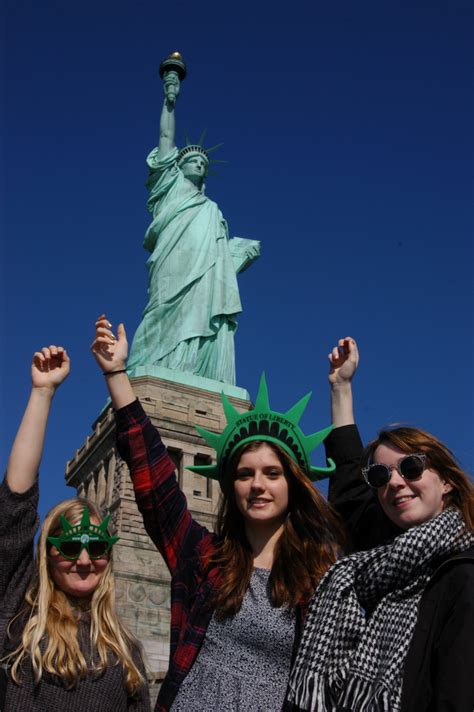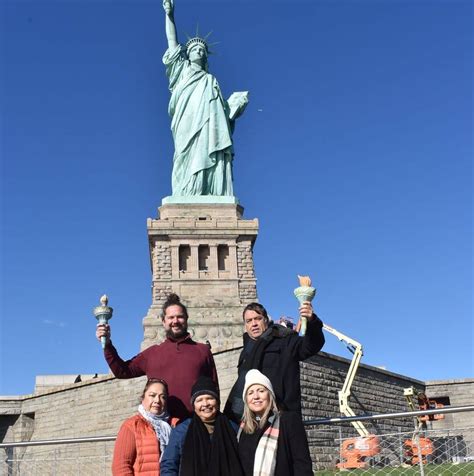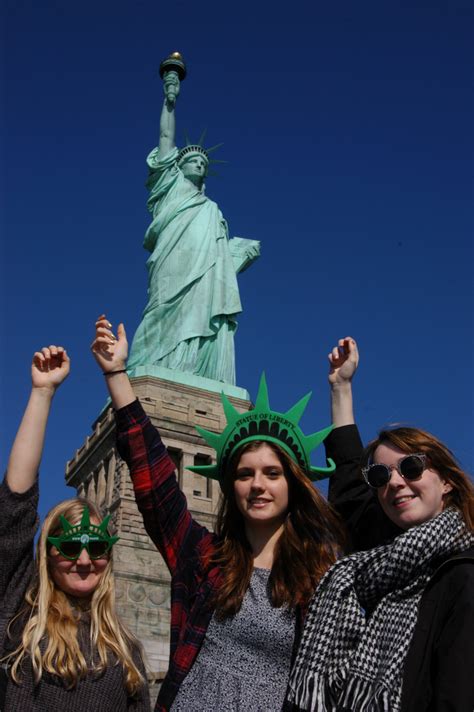The Bronze Charging Bull, an iconic symbol of strength and resilience, has captured the imagination of millions since its installation in New York City’s Financial District. This formidable sculpture, created by Italian-American artist Arturo Di Modica, stands as a testament to the spirit of optimism and determination. Unveiled without official permission in 1989, the bull quickly became a beloved landmark, attracting tourists and symbolizing the dynamic nature of the financial markets. This article delves into the fascinating story behind the Bronze Charging Bull, exploring its artistic significance, cultural impact, and the controversies that hav
gamesfats.com offers a detailed exploration of this topic.
1. Introduction to the Bronze Charging Bull
The Bronze Charging Bull, prominently situated in New York City’s Financial District, stands as a powerful emblem of strength, courage, and economic prosperity. Created by the renowned Italian-American sculptor Arturo Di Modica, this formidable sculpture has become a symbol of the American financial market’s tenacity and resilience. Unveiled unexpectedly in December 1989, the bull was installed as a guerrilla artwork without official permission, symbolizing a bold statement of the artist’s vision and the market’s vitality post the 1987 stock market crash. The sculpture, weighing over three tons and measuring 11 feet tall and 16 feet long, captures the raw energy and unyielding spirit of a charging bull. Over the years, it has attracted millions of visitors, becoming a cultural icon and a must-see landmark in New York City. This article delves into the compelling story of the Bronze Charging Bull, examining its creation, significance, and lasting impact on art and culture.

2. Artist Behind the Masterpiece: Arturo Di Modica
Arturo Di Modica, the visionary sculptor behind the Bronze Charging Bull, is a celebrated Italian-American artist known for his dynamic and expressive works. Born in Vittoria, Sicily, in 1941, Di Modica moved to New York City in the early 1970s, where he immersed himself in the vibrant art scene. His passion for creating powerful and emotive sculptures led him to conceive the Charging Bull as a symbol of hope and resilience in the aftermath of the 1987 stock market crash.
Di Modica financed the creation of the Bronze Charging Bull himself, investing over $350,000 into the project. Working tirelessly in his Soho studio, he meticulously crafted the bull over the course of two years. The sculpture, made from bronze, weighs over three tons and stands 11 feet tall and 16 feet long, embodying the raw energy and unyielding spirit of a charging bull.
In December 1989, Di Modica installed the Charging Bull in front of the New York Stock Exchange as a guerrilla artwork, without seeking permission. This bold move was intended to inspire optimism and confidence in the financial markets. The bull’s immediate popularity and enduring presence in the Financial District are testaments to Di Modica’s artistic vision and the profound impact of his work.

3. Historical Background and Creation
The creation of the Bronze Charging Bull traces back to the aftermath of the 1987 stock market crash, a period marked by economic uncertainty and investor anxiety. Inspired to inject a sense of hope and optimism into the financial community, Arturo Di Modica, an Italian-American artist, embarked on a personal mission to create a powerful symbol of resilience and strength.
Di Modica dedicated two years and over $350,000 of his own money to the project. Working from his Soho studio in New York City, he meticulously crafted the massive sculpture from bronze, ensuring every detail captured the raw energy of a charging bull. Weighing over three tons and measuring 11 feet tall and 16 feet long, the Charging Bull was a formidable undertaking.
In December 1989, Di Modica, with the help of a few friends, installed the sculpture in front of the New York Stock Exchange under the cover of night. This guerrilla installation, executed without official permission, immediately captivated the public, symbolizing the tenacity and strength of the financial markets. The bull was later moved to its current location in Bowling Green Park, where it continues to draw millions of visitors annually.

4. Symbolism and Significance
The Bronze Charging Bull stands as a potent symbol of strength, courage, and resilience, particularly in the context of the financial markets. Arturo Di Modica intended the bull to embody the relentless spirit and optimism needed to overcome economic challenges, a message particularly poignant following the 1987 stock market crash. The dynamic posture of the bull, with its head lowered and muscles tensed, captures the essence of a powerful force ready to surge forward, reflecting the drive and determination required for financial recovery and growth.
Beyond its financial connotations, the Charging Bull has also come to represent broader themes of perseverance and tenacity. Its imposing presence in New York City’s Financial District serves as a reminder of the resilience of the American economy and the unwavering spirit of its people. Over the years, the bull has become a cultural icon, attracting millions of visitors who are drawn to its message of hope and strength. The sculpture’s symbolism transcends its initial purpose, resonating with people from various wa

5. Location and Public Reception
The Bronze Charging Bull’s initial location was a deliberate and bold choice by Arturo Di Modica. In December 1989, under the cover of night, Di Modica and his friends installed the sculpture in front of the New York Stock Exchange. This unexpected installation quickly garnered significant public attention and media coverage. However, due to safety concerns, the New York Stock Exchange had the sculpture removed shortly after its appearance.
The Charging Bull found its permanent home in Bowling Green Park, just a short distance from Wall Street. Positioned at the heart of New York City’s Financial District, the bull has become an iconic landmark. Its prominent placement ensures it remains a focal point for both locals and tourists, symbolizing the bustling energy and enduring strength of the financial markets.
Public reception of the Charging Bull has been overwhelmingly positive. Visitors from around the world are drawn to the sculpture, often posing for photos and touching its horns for good luck. The bull’s powerful symbolism and dynamic presence resonate deeply with people, making it one of New York City’s most beloved attractions. Its status as a cultural icon continues to grow, reflecting the profound impact of Di Modica’s artistic vision on the public consciousness.

6. Cultural Impact and Media Coverage
The Bronze Charging Bull has left an indelible mark on both the cultural landscape and media narratives since its installation. Its bold presence in New York City’s Financial District has made it a symbol of economic resilience and an emblem of Wall Street’s dynamic energy. The bull’s cultural impact extends far beyond the realm of finance; it has become a universally recognized icon representing strength, determination, and optimism.
Media coverage of the Charging Bull has been extensive and diverse. From its clandestine installation in 1989 to its current status as a beloved tourist attraction, the bull has consistently captured the public’s imagination. News outlets worldwide have highlighted the sculpture’s significance, often using it as a backdrop for stories about the stock market and economic conditions. The bull has also been featured in numerous films, television shows, and advertisements, further cementing its place in popular culture.
Social media has amplified the bull’s reach, with millions of visitors sharing their experiences and photos online. This digital presence has contributed to its global recognition, making the Charging Bull a symbol of resilience and hope for people around the world.

7. Controversies and Legal Issues
The installation of the Bronze Charging Bull was not without its controversies and legal challenges. When Arturo Di Modica and his team placed the sculpture in front of the New York Stock Exchange in December 1989, it was done without official permission. The bold move was intended as a statement of optimism, but it led to immediate legal and logistical issues. The New York Stock Exchange, concerned about the sculpture’s impact on public safety and the flow of foot traffic, had it removed shortly after its installation.
The sculpture was then relocated to Bowling Green Park, which became its permanent home. Despite this resolution, the circumstances of its initial installation raised questions about public art, property rights, and the role of unauthorized installations in urban spaces. The Charging Bull’s placement without permission sparked debates about artistic freedom versus regulatory control, and its subsequent acceptance by the city highlighted the complex interplay between innovation and bureaucracy.
Further controversies arose over the years, including disputes over the sculpture’s maintenance and its status as a symbol of finan

8. Artistic Techniques and Materials Used
Arturo Di Modica employed meticulous craftsmanship and a range of artistic techniques to bring the Bronze Charging Bull to life. The sculpture is cast in bronze, a material chosen for its durability and ability to capture intricate details. The process involved creating a detailed model of the bull, which was then used to make a mold. The bronze was poured into this mold, allowing it to cool and solidify into the final form.
Di Modica’s technique involved a combination of traditional and modern methods. He utilized the lost-wax casting method, which allows for fine details and textures to be achieved. The bull’s dynamic posture, with its head lowered and muscles tensed, reflects Di Modica’s expertise in conveying movement and energy through static form. The artist’s attention to detail is evident in the realistic depiction of the bull’s powerful physique and expressive features. The sculpture’s large

9. Comparisons to Other Iconic Sculptures
The Bronze Charging Bull is often compared to other iconic sculptures for its striking presence and symbolic significance. One notable comparison is with the Wall Street Bull’s counterpart, the Fearless Girl statue, which was installed facing the bull in 2017. While the Charging Bull represents strength and optimism, the Fearless Girl symbolizes courage and empowerment, creating a dynamic dialogue between the two works.
Another comparable sculpture is the Charging Bull’s historical predecessor, the Wall Street Bull in its original form by sculptor Arturo Di Modica. While both share the same artist, the Charging Bull is distinguished by its larger size and more dynamic pose.
Globally, the Charging Bull is compared to other renowned sculptures like Michelangelo’s David and Rodin’s The Thinker. While these masterpieces focus on human figures and expressions of thought and emotion, the Charging Bull’s emphasis is on animal power and economic vitality. The bull’s dynamic form and symbolic weight place it among the great public art installations, celebrated for its ability to convey a powerful message and engage audiences worldwide.

10. Future of the Bronze Charging Bull
The future of the Bronze Charging Bull continues to be a topic of interest and speculation as it remains a significant cultural and financial icon. Since its installation in Bowling Green Park, the sculpture has solidified its place as a symbol of economic strength and resilience. Looking ahead, the Charging Bull is expected to maintain its status as a popular tourist attraction and a symbol of optimism for the financial markets.
As New York City evolves and the surrounding Financial District undergoes changes, the Charging Bull’s role as a cultural landmark may adapt as well. Potential future developments could include enhancements to its surrounding area to better accommodate the millions of visitors who come to see it each year. There may also be new interpretive programs or exhibitions that further explore the bull’s symbolism and historical context.
Moreover, ongoing preservation efforts will be crucial to maintaining the sculpture’s condition and ensuring it continues to be a vibrant and inspiring piece of public art. The Charging Bull’s enduring appeal and symbolic power suggest that it will remain an iconic figure in New York City’s landscape, continuing to capture the imagination of visitors and serve as a powerful emblem of strength and resilience in the years to come.

The Bronze Charging Bull, with its powerful symbolism and striking presence, has become a cultural and financial icon. Arturo Di Modica’s creation represents strength and resilience, captivating millions worldwide. As it continues to inspire and attract visitors, t
gamesfats.com

